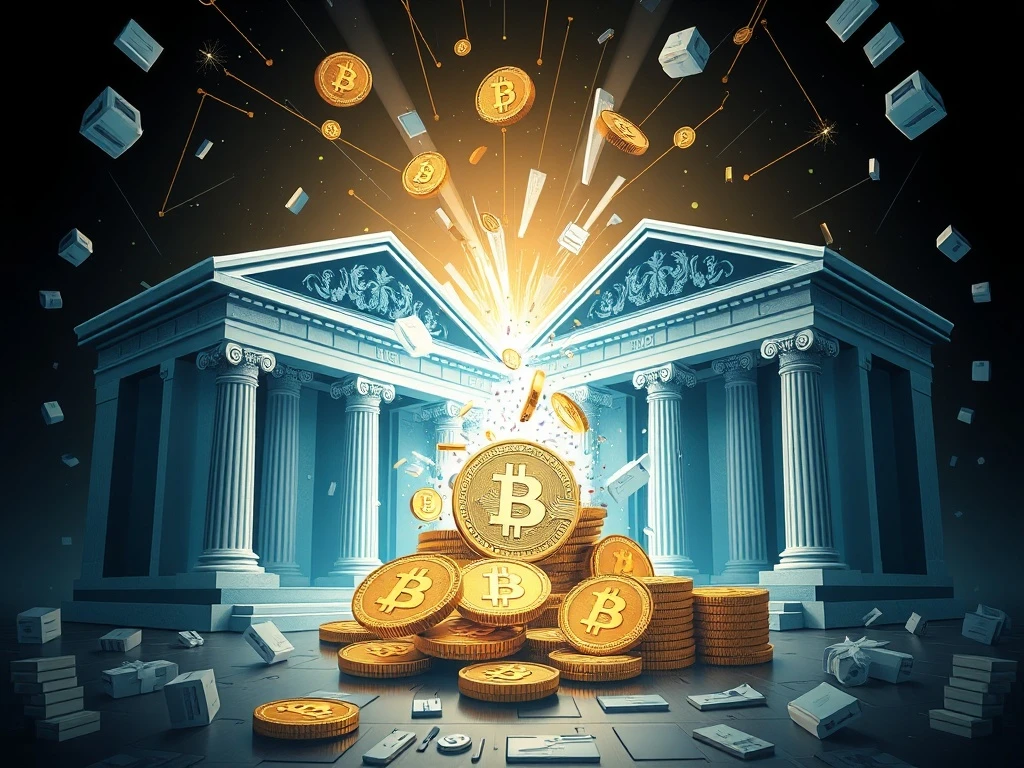Bank of Japan Alerts: Stablecoin Growth Threatens Financial System Stability

The Bank of Japan has issued a stark warning: the rapid growth of stablecoins could destabilize the global financial system. As these digital assets gain traction, they threaten to bypass traditional banking channels, challenging central banks’ control over monetary policy. What does this mean for the future of finance?
Why is the Bank of Japan concerned about stablecoin growth?
The Bank of Japan’s Governor highlighted several critical concerns:
- Stablecoins enable transactions outside traditional banking systems
- They reduce the need for banks as financial intermediaries
- This shift could weaken central banks’ monetary policy tools
- Potential for increased financial crime due to limited transparency
How stablecoins challenge the financial system structure
Stablecoins, typically pegged to fiat currencies like the US dollar, offer:
| Advantage | Systemic Risk |
|---|---|
| Fast transactions | Bypass payment rails |
| Low costs | Undercut bank revenues |
| Borderless payments | Challenge monetary sovereignty |
The regulatory dilemma: Innovation vs. stability
The Bank of Japan calls for clear oversight to address:
- Operational vulnerabilities in stablecoin platforms
- Transparency gaps in reserve management
- Potential for money laundering and illicit finance
- Systemic risk from rapid adoption
What’s next for stablecoins and traditional finance?
The convergence between digital and traditional finance is accelerating. Institutional adoption of stablecoins for treasury management and payments will likely:
- Drive further financial innovation
- Increase competition in payment services
- Force regulatory frameworks to evolve
- Reshape long-standing market structures
The Bank of Japan’s warning serves as a wake-up call for regulators worldwide. As stablecoins continue their meteoric rise, the financial system stands at a crossroads between innovation and stability. The coming years will test whether regulators can strike the right balance.
Frequently Asked Questions
What are stablecoins?
Stablecoins are cryptocurrencies pegged to stable assets like fiat currencies, designed to minimize price volatility.
Why is the Bank of Japan worried about stablecoins?
They fear stablecoins could undermine traditional banking systems and challenge central banks’ monetary policy control.
How could stablecoins affect everyday banking?
If widely adopted, they might reduce the need for traditional bank accounts for payments and transfers.
What risks do stablecoins pose to financial stability?
Key risks include operational failures, lack of transparency, and potential for systemic contagion during crises.
Are other central banks concerned about stablecoins?
Yes, many global central banks share similar concerns and are working on regulatory responses.
What solutions is the Bank of Japan proposing?
They advocate for clear regulatory frameworks to manage risks while allowing innovation to continue.







